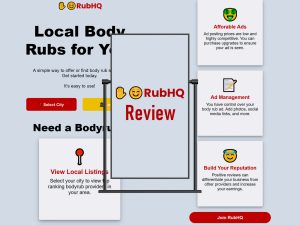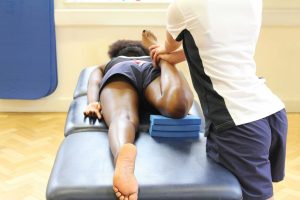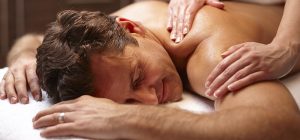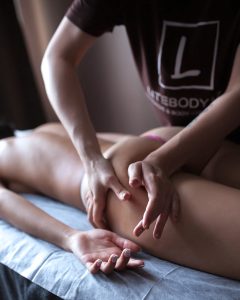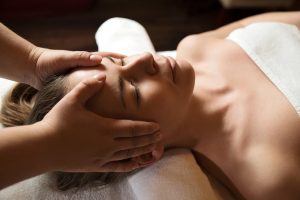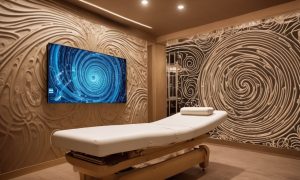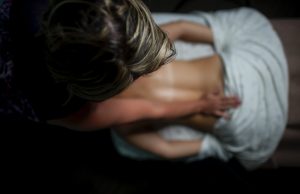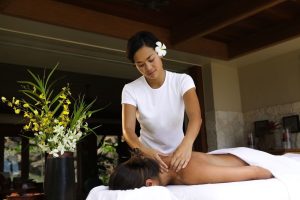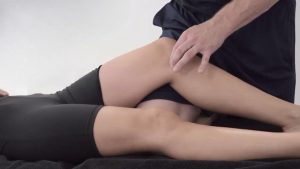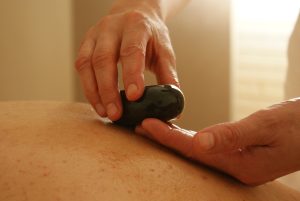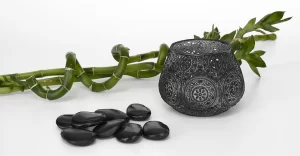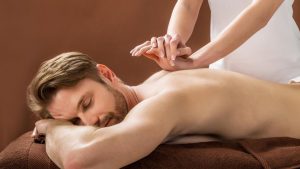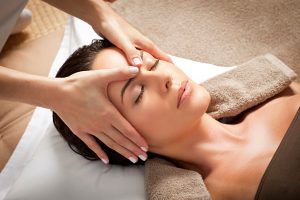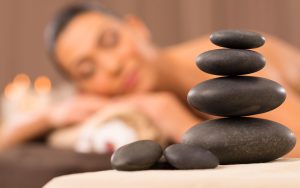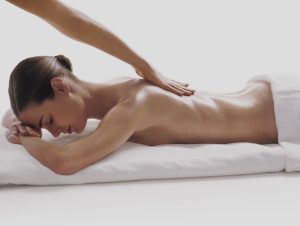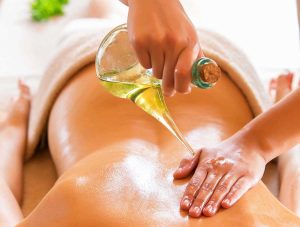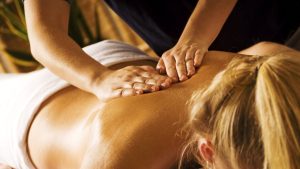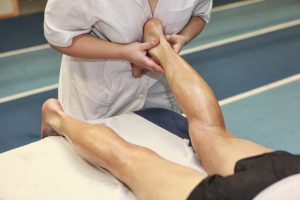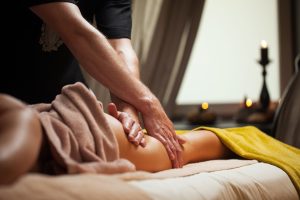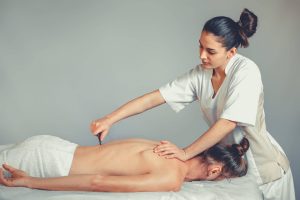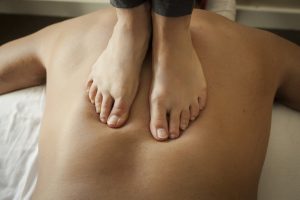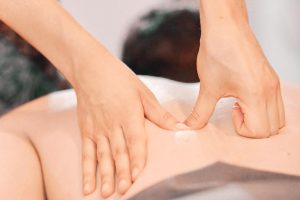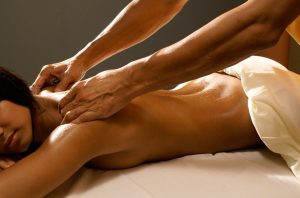In the world of an active lifestyle and concern for physical health, injuries and muscle damage are inevitable. Tense muscles are not only a source of pain and discomfort but also impose a certain stress on the body. In such situations, the role of massage becomes a crucial factor in accelerating the recovery process and restoring normal activity. Let’s delve into the world of massage and explore how it can help relieve muscle tension, stimulate their recovery, and bring comfort back to everyday life.
Definition of tense muscles:
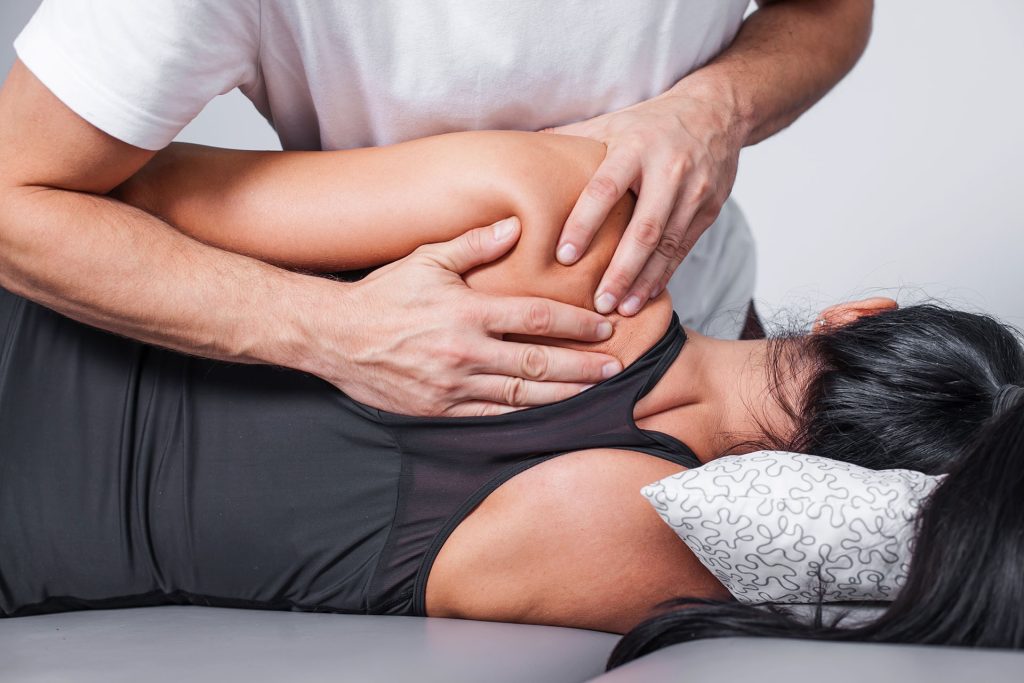

Tense muscles refer to a condition in which muscle groups experience heightened contraction and maintain a high level of tone even at rest. This condition can arise due to various factors and manifest diverse symptoms.
Symptoms of tense muscles:
- Pain or discomfort in the muscle area.
- Restriction of movement in the tense area.
- Sensation of tightness or firmness upon touch.
- Possible occurrence of spasms or cramps.
Causes of muscle tension:
- Physical overexertion: Intense workouts or heavy lifting.
- Emotional stress: Stress and nervous tension leading to muscle tightness.
- Sedentary posture: Prolonged periods in the same position, especially during computer work.
- Injuries: Incorrect movements, falls, or impacts.
- Lack of stretching: Insufficient regular stretching exercises.
Massage as a treatment method:
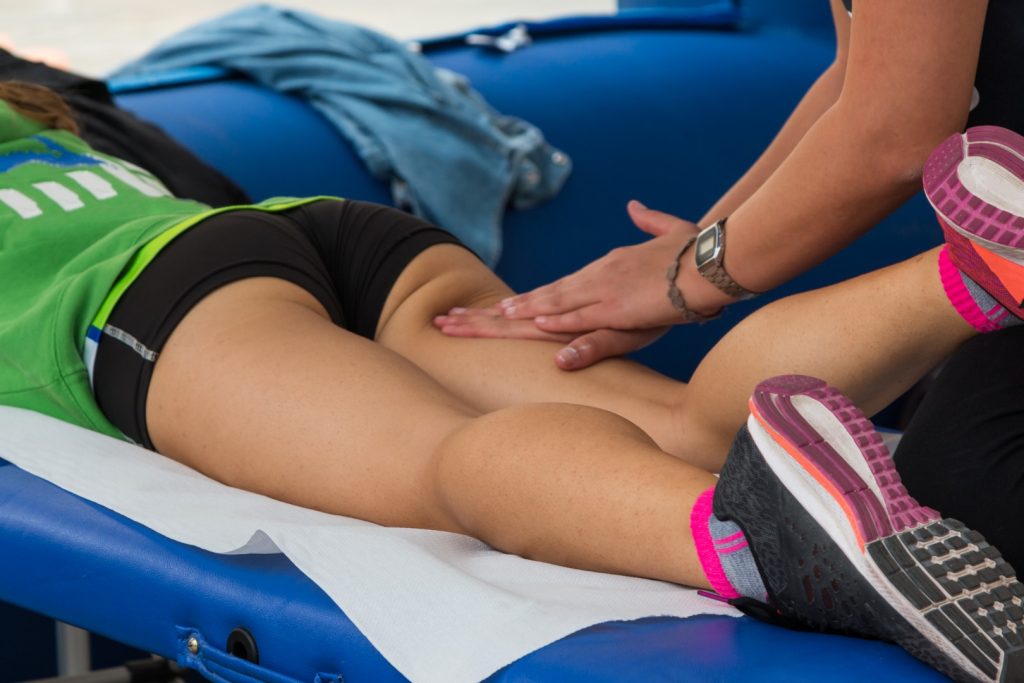

Massage plays a crucial role in the effective treatment of tense muscles, providing a comprehensive and targeted approach to body recovery. In this section, we will explore how massage becomes an indispensable tool in addressing muscle tension issues and the benefits it brings to the treatment process.
- Resolution of contractions: Massage is capable of resolving contractions and reducing tension in the muscle area, leading to a decrease in pain and discomfort.
- Stimulated circulation: Methodical movements for relaxation stimulate circulation, providing muscles with oxygen and nutrients necessary for healing.
- Improved lymphatic drainage:The session enhances lymphatic drainage, aiding in the removal of inflammatory products from tissues and accelerating the healing process.
- Muscle and joint stretching: Stretching of muscles and joints restores natural mobility and prevents additional tension.
- Release of endorphins: A massage session promotes the release of endorphins, improving emotional well-being and reducing stress levels, which also has a positive impact on muscle tension.
- Individualized treatment: A qualified massage therapist can adapt their methodology to the individual characteristics of the patient, creating an optimal treatment plan.
How to choose a professional massage therapist:
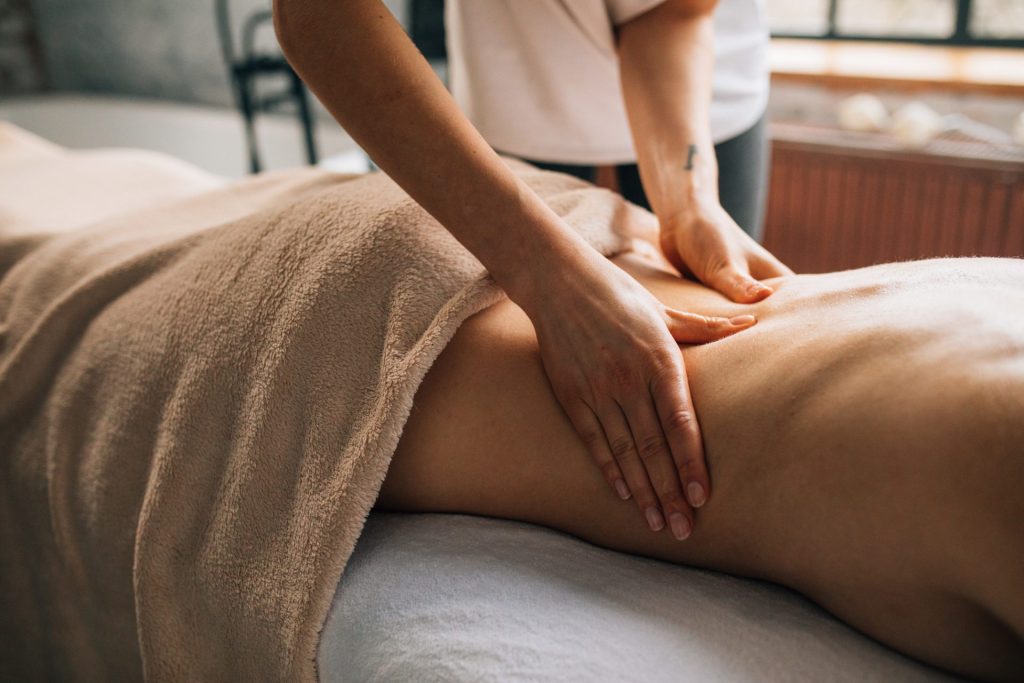

Choosing the right massage therapist plays a crucial role in the effectiveness of treating tense muscles. Let’s consider the key criteria that will help you make the right choice and ensure quality recovery.
- Verify licensing and certifications: Ensure that the massage therapist holds the appropriate license and certifications, guaranteeing professionalism and compliance with standards.
- Explore experience and specialization: Inquire about the therapist’s experience and specialization in treating tense muscles, as experience and knowledge of various techniques are crucial factors.
- Review client testimonials: Examine reviews from previous clients to gain insight into the quality of services and the effectiveness of the procedure.
- Discuss expectations and areas of concern: Communicate your expectations and problem areas with the massage specialist. Effective communication and understanding of your needs are essential for optimal results.
- Evaluate session environment: Pay attention to the conditions in the massage room. Adherence to hygiene standards is a key element of professionalism.
- Inquire about service costs: Clarify the cost of services, ensuring that prices are reasonable and transparent, without hidden fees.
- Consider Individualized approach: A good specialist takes into account the individual characteristics of each client and adapts the methodology to their needs.
- Choose a health-oriented therapist: Select a massage therapist who shows an interest in your health, provides care advice, and supports your overall well-being.
Questions and Answers:
How often is massage recommended to maintain muscle health?
The frequency depends on individual needs, but regular massage sessions, for example, once a month, can help maintain optimal muscle condition.
Which massage methods are effective in treating muscle injuries?
Techniques such as Swedish massage, trigger point massage, and myofascial massage are often applied in the treatment of muscle injuries.
What self-massage techniques can be used to relieve muscle tension at home?
Self-massage using a tennis ball, foam roller, or fascia tool proves to be an effective method for at-home muscle care.
Can children receive massages for muscle-related issues?
Yes, but it is important to choose massage therapists specializing in working with children and obtain permission from a doctor.
What is the difference between a muscle strain and a sprain?
A muscle strain is an injury to the muscle tissue, while a sprain affects the tendon or ligament. Both can result in pain and limited range of motion.
How can massage therapy help in treating muscle strains?
Massage therapy can aid in the recovery of a strained muscle by increasing blood flow to the injured area, promoting muscle healing, and reducing inflammation in the affected area.
What are the benefits of massage for muscle recovery?
Massage helps reduce scar tissue formation, heal faster, and improve the overall healing process for injured muscle tissue, allowing for a faster recovery process.
Can deep tissue massage be effective for muscle strains?
Deep tissue massage can target the deeper layers of muscle fibers and help in releasing tension and reducing tightness in muscles affected by strains, aiding in the recovery process.
How does massage therapy improve blood flow and speed up recovery?
By applying compression and specific massage techniques, a massage therapist can enhance blood flow to the injured muscle, facilitating the healing process and reducing the time needed for full muscle recovery.
What is the role of massage in reducing inflammation in injured muscles?
Massage can help reduce inflammation in muscle tissue and speed up the healing process, allowing for better recovery and reducing pain at the injury site.

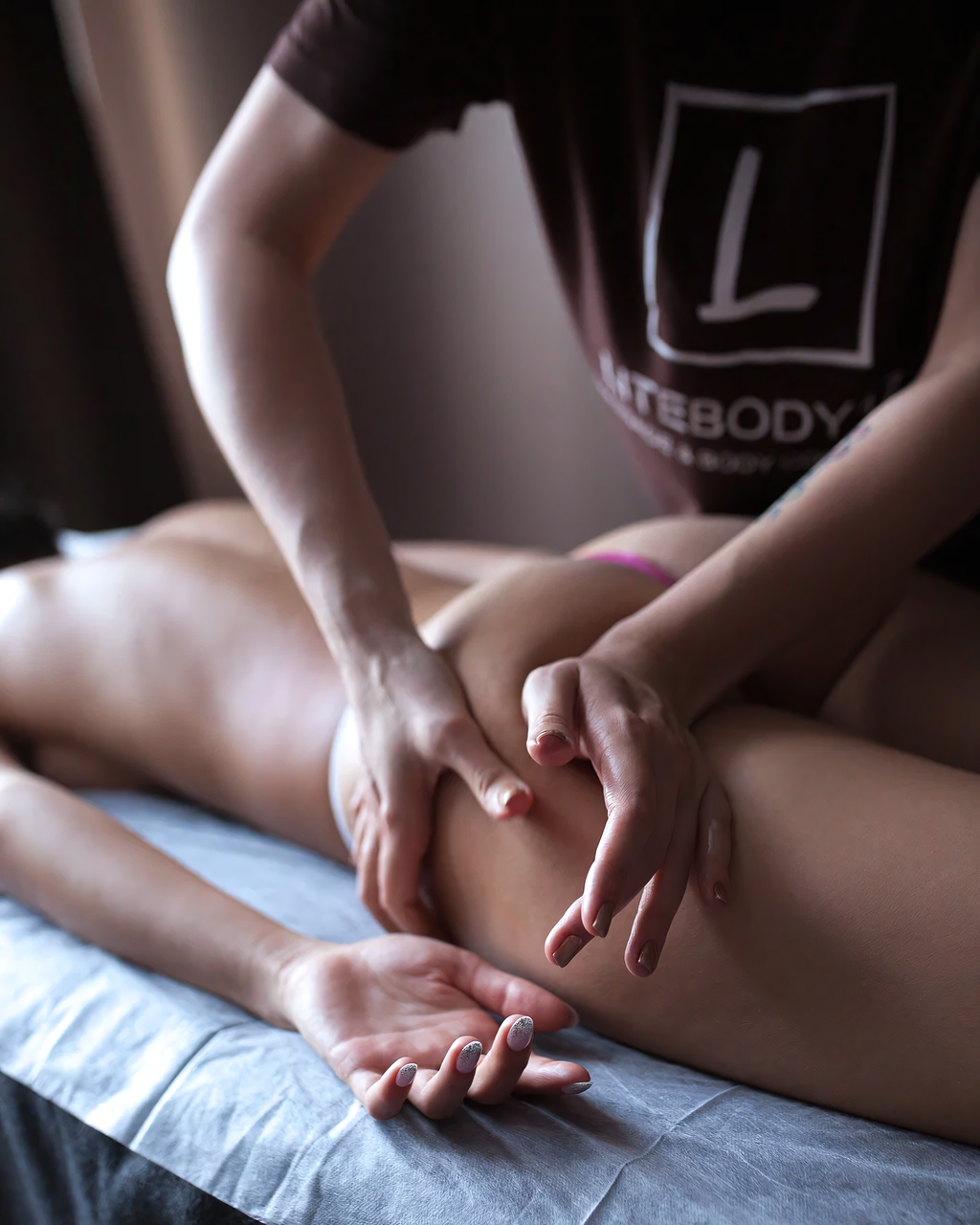











![11 Best Alternatives to Bedpage: Your Ultimate Guide [March 2024]](https://massage.dating/wp-content/uploads/2024/03/Best-Alternatives-to-Bedpage-300x200.jpg)


